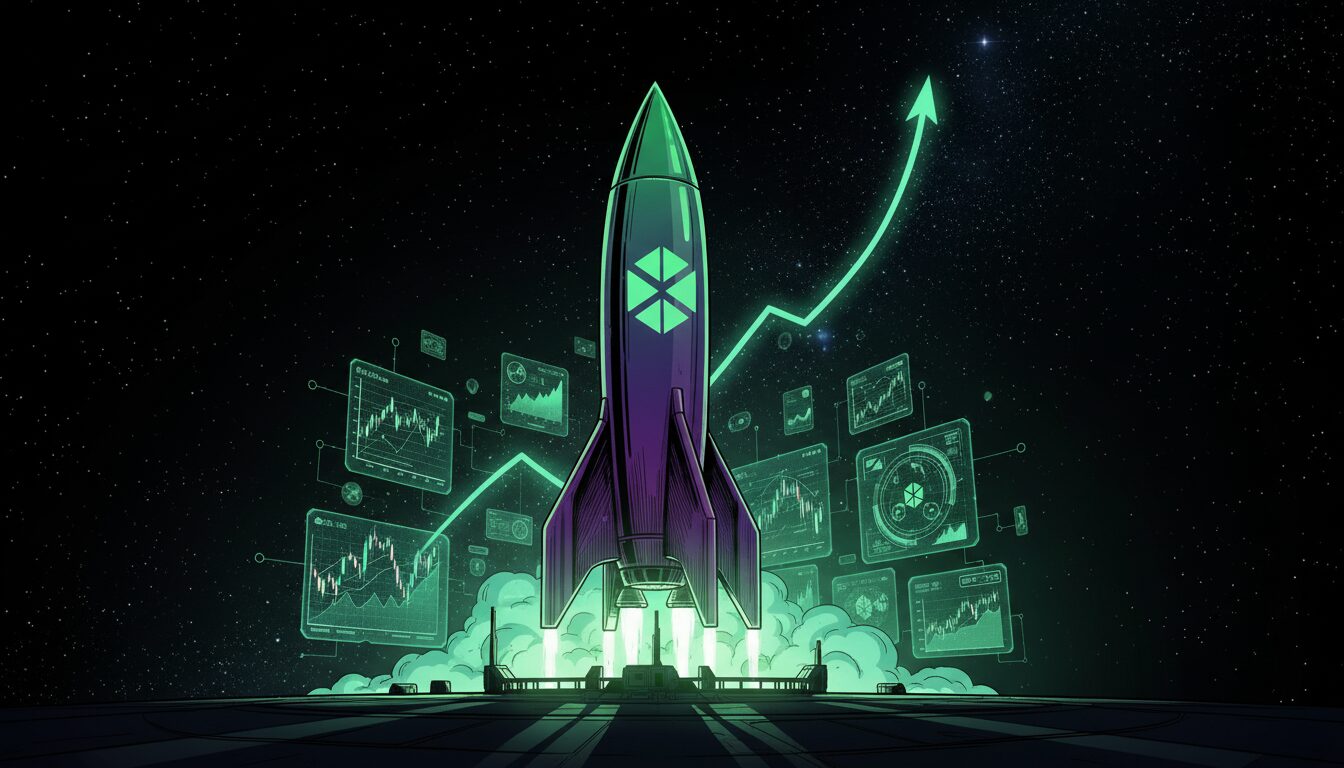Solana’s 2026 Outlook: Analyzing Its Millionaire-Making Potential

A High-Performance Challenger to Ethereum
As the cryptocurrency market matures, investors are increasingly looking beyond the established giants to find the next wave of growth. Solana (SOL) has captured significant attention, positioning itself as a formidable alternative to Ethereum, the long-standing leader in decentralized applications (dApps). Solana was specifically designed to address Ethereum’s well-known limitations, such as high transaction fees and network congestion.
Solana’s key advantage lies in its unique hybrid consensus mechanism, which combines Proof of Stake (PoS) with a proprietary Proof of History (PoH) system. This innovative architecture allows the network to process thousands of transactions per second at a fraction of the cost of Ethereum. These technical strengths have made Solana a highly attractive platform for developers, fostering a vibrant ecosystem that includes popular projects like the Jupiter decentralized exchange and the Magic Eden NFT marketplace.
Market Performance and the Crucial Role of Timing
Like most digital assets, Solana’s journey has been marked by significant volatility. As of late October 2025, while major cryptocurrencies like Bitcoin and Ethereum posted gains of nearly 20%, SOL’s price remained relatively stable. This highlights the unpredictable nature of the market, where timing is everything. An investment in Solana at the beginning of 2021, for example, would have yielded a staggering 13,100% return. In contrast, buying at the market peak in late 2021 would have resulted in a 17% loss by today’s metrics.
The Dynamics of an Uncapped Supply
Unlike Bitcoin’s fixed supply, Solana’s token model is inflationary, with no hard cap on the number of SOL tokens that can be created. However, the protocol includes a built-in mechanism to control this growth by reducing the rate of new supply by 15% each year. While new tokens can be generated indefinitely, the number entering circulation will decrease over time. This creates a unique economic pressure, as the risk of price dilution remains a valid concern for long-term investors if demand doesn’t consistently outpace the expanding supply.
Gauging Future Demand and Adoption
Despite price fluctuations, on-chain data reveals strong community engagement with the Solana network. Earlier this year, the number of daily active addresses on Solana hit a record 9.1 million. While that figure has since settled to around 3.5 million, it still indicates a robust and active user base. This sustained level of activity is a critical indicator of potential future demand for the SOL token, which is essential for network transactions and governance.
A Realistic Path to 2026
Predicting whether Solana can create a new class of millionaires by 2026 is a complex challenge. The network’s advanced technology and growing ecosystem present a compelling case for future growth. However, success is far from guaranteed. Potential investors must carefully weigh these opportunities against the risks of its inflationary token economics and the inherent unpredictability of the broader crypto market. Ultimately, Solana’s trajectory will be shaped by market conditions, sustained developer innovation, and overall investor sentiment in the years to come.
Disclaimer: The information provided in this article is for informational purposes only and does not constitute financial advice, investment advice, or any other sort of advice. You should not treat any of the website’s content as such. Always conduct your own research and consult with a professional financial advisor before making any investment decisions.











